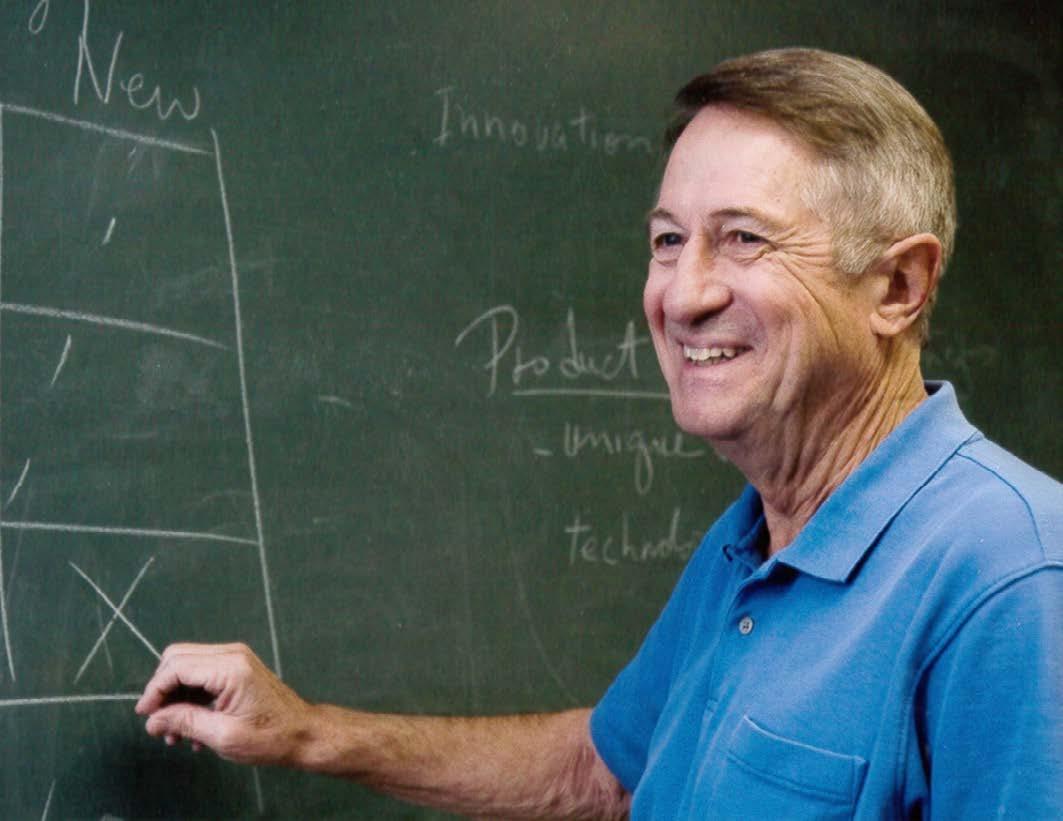Research could help millions with ‘ringing in the ears’
In the largest clinical trial of its kind, researchers show that combining sound and electrical stimulation of the tongue can significantly reduce tinnitus, commonly described as “ringing in the ears.” The findings could potentially help millions of people. z.umn.edu/tinnitus Photo courtesy of McAlpine Research Group, UMN
Researchers 3D print micro-scale fluid channels for medical testing
Researchers piece together puzzles from the past
In a groundbreaking new study, researchers have 3D printed unique fluid channels at the micron scale that could automate production of diagnostics, sensors, and assays used for a variety of medical tests and other applications. z.umn.edu/3Dprintedmicrofluidics
University mathematicians are working with anthropologists, using advanced mathematics and machine learning to reassemble and analyze broken animal bones from ancient human sites. z.umn.edu/bones
Photo by Katrina Yezzi-Woodley, UMN
AI algorithm helps analyze chest X-rays for COVID A team of University of Minnesota researchers, including computer scientists, recently developed and validated an artificial intelligence algorithm that can help evaluate chest X-rays to diagnose possible cases of COVID-19. All 12 M Health Fairview hospitals use the new algorithm. z.umn.edu/AIalgorithm
Photo courtesy of Caltech/R. Hurt (IPAC)
Black hole collision may have exploded with light An international team of astronomers, including researchers from the University of Minnesota, have seen what might amount to the first light ever detected from a black hole merger. z.umn.edu/blackholecollision
4
I N V EN T I N G TO M O R R OW
Photo courtesy of Getty/Epic Systems Corporation
Photo courtesy of Neuromod Devices Limited
TECH DIGEST






